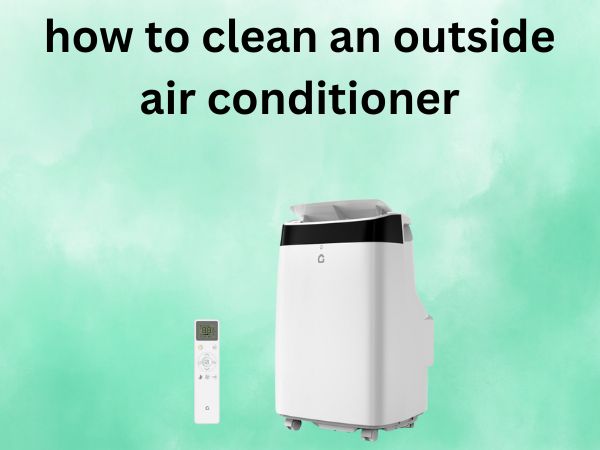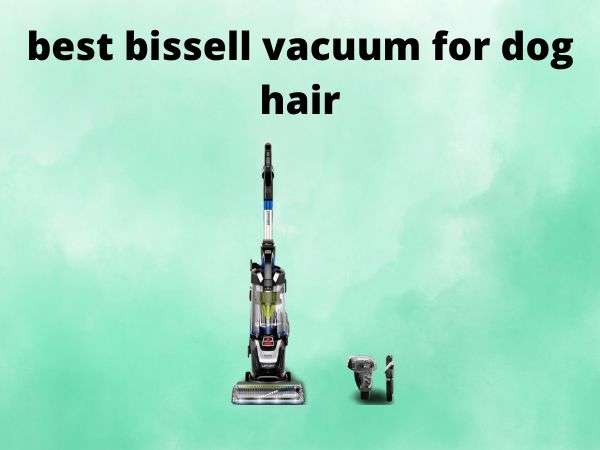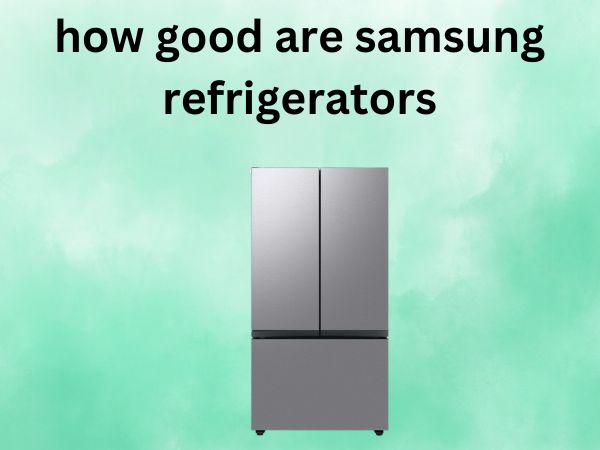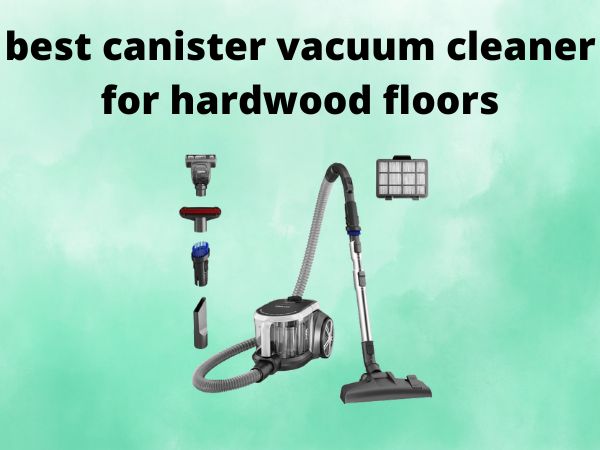How to Clean an Outside Air Conditioner [Your Complete DIY Guide]
Ever wondered why your energy bills keep climbing even though you haven’t changed your cooling habits? The culprit might be hiding in plain sight – your dirty outdoor AC unit. That metal box sitting outside your home works harder than you might think, and when it’s clogged with debris, dust, and grime, it’s like asking someone to run a marathon while breathing through a straw.
Cleaning your outside air conditioner isn’t just about aesthetics; it’s about keeping your home comfortable while keeping your wallet happy. Think of it as giving your AC unit a spa day – it’ll thank you with better performance and lower energy costs.
Table of Contents
Why Cleaning Your Outdoor AC Unit Matters
Your outdoor AC unit, technically called a condenser, is the unsung hero of your cooling system. It’s working 24/7 during hot months, expelling heat from inside your home to the great outdoors. But here’s the thing – it can’t do its job effectively when it’s dirty.
Imagine trying to breathe through a clogged air filter. That’s exactly what happens to your AC when dirt, leaves, grass clippings, and other debris accumulate on the condenser coils. The unit has to work overtime to achieve the same cooling effect, and that translates directly to higher energy consumption.
The Hidden Costs of a Dirty Condenser
A dirty outdoor unit doesn’t just affect your comfort – it hits you where it hurts most: your bank account. When your AC unit struggles to expel heat efficiently, it consumes significantly more electricity. We’re talking about increases of 15-25% in energy consumption, which can add hundreds of dollars to your annual cooling costs.
But the financial impact goes beyond just higher electric bills. A dirty condenser puts additional strain on the entire system, leading to premature wear and tear. Components like the compressor – the heart of your AC system – have to work harder and longer, shortening their lifespan considerably.
Energy Efficiency and Your Wallet
Clean condenser coils can improve your system’s efficiency by up to 30%. That’s like getting a brand-new, more efficient AC unit without actually buying one. The math is simple: less energy consumption equals lower bills, and better efficiency means your system will last longer before needing replacement.
When Should You Clean Your Outside AC Unit?
Timing is everything when it comes to AC maintenance. You wouldn’t wait until your car breaks down to change the oil, and the same principle applies to your air conditioning system.
Seasonal Cleaning Schedule
The best time to clean your outdoor unit is during the spring, before the heavy cooling season begins. Think of it as preparing for battle – you want your equipment in top condition before the summer heat waves hit.
However, don’t limit yourself to once-a-year cleaning. A good rule of thumb is to inspect and lightly clean your unit monthly during the cooling season. This doesn’t mean a full deep clean every month, but rather a quick check to remove obvious debris and ensure airflow isn’t restricted.
Warning Signs Your Unit Needs Immediate Attention
Your AC unit will tell you when it needs help – you just need to know how to listen. Here are the red flags that scream “clean me now”:
Ice formation on the coils during operation is a dead giveaway that airflow is restricted. If you notice your unit running constantly but not cooling effectively, dirt buildup is likely the culprit. Unusual noises, higher-than-normal energy bills, and reduced airflow from your indoor vents are all signs that your outdoor unit needs attention.
Essential Tools and Materials You’ll Need
Before diving into the cleaning process, gathering the right tools makes the difference between a frustrating experience and a smooth operation. You don’t need to break the bank – most of what you need is probably already in your garage or can be picked up at any hardware store.
Basic Cleaning Supplies
Start with a garden hose with an adjustable nozzle – this will be your primary cleaning weapon. You’ll also need a screwdriver set for removing panels, work gloves to protect your hands, and a flashlight or headlamp for better visibility.
For cleaning solutions, mild dish soap mixed with water works wonders for most situations. A soft-bristled brush or old toothbrush helps tackle stubborn spots without damaging delicate components. Don’t forget a tarp or drop cloth to protect the surrounding area from debris and water.
Optional Professional-Grade Equipment
If you’re dealing with particularly stubborn buildup or want to take your cleaning game to the next level, consider investing in a coil cleaning brush specifically designed for AC units. These brushes have the right bristle strength and shape to clean between coil fins without causing damage.
Commercial coil cleaner can be worth the investment for heavily soiled units. These specialized cleaners are formulated to break down the specific types of grime that accumulate on AC coils without damaging the metal or compromising system performance.
Safety First: Preparing for the Job
Working with electrical equipment and water requires serious attention to safety. One wrong move could result in electrocution, equipment damage, or personal injury. Don’t let eagerness to save money cost you more in the long run.
Electrical Safety Precautions
The golden rule of AC maintenance is simple: always turn off the power before starting any work. This means switching off the unit at the thermostat and, more importantly, turning off the breaker at your electrical panel. Many outdoor units also have a disconnect switch near the unit itself – make sure this is in the off position too.
Never assume the power is off just because the unit isn’t running. AC systems can have multiple power sources, and some components may remain energized even when the system appears to be shut down. Use a non-contact voltage tester to verify that power is truly off before touching any electrical components.
Personal Protection Equipment
Your safety gear doesn’t need to be elaborate, but it should be comprehensive. Safety glasses protect your eyes from flying debris and cleaning solutions. Work gloves shield your hands from sharp metal edges and chemical cleaners.
Wear long sleeves and long pants to protect your skin from scratches and chemical splashes. The fins on condenser coils are surprisingly sharp and can cause nasty cuts if you’re not careful. Closed-toe shoes with good traction are essential – you’ll be working around water and potentially slippery surfaces.
Step-by-Step Cleaning Process
Now comes the main event – actually cleaning your outdoor AC unit. This process might seem daunting at first, but breaking it down into manageable steps makes it straightforward and even satisfying.
Shutting Down the System Properly
Before touching anything, ensure your system is completely powered down. Start by setting your thermostat to “off” – not just a higher temperature, but completely off. This prevents the system from trying to start up while you’re working on it.
Next, locate your electrical panel and switch off the breaker labeled for your AC unit. Many homes have multiple breakers for the AC system, so make sure you’ve turned off all relevant circuits. Finally, check for a disconnect switch near the outdoor unit and turn it off as well.
Wait at least 30 minutes after shutting off power before beginning work. This allows any stored energy in capacitors to dissipate safely.
Removing Debris and Vegetation
Start with the obvious stuff – clear away any leaves, grass clippings, branches, or other debris that has accumulated around and on top of the unit. You’d be amazed at how much junk can collect around an AC unit over the course of a season.
Clearing Large Objects
Use your hands or a small rake to remove larger debris. Be gentle around the unit to avoid damaging any components. Pay special attention to the top of the unit, where leaves and debris commonly accumulate on the fan housing.
Check inside the unit (after removing the top panel if accessible) for any objects that may have fallen through the fan grille. Small branches, leaves, or even toys thrown by children can find their way inside and cause damage to the fan or motor.
Trimming Surrounding Plants
Vegetation around your AC unit should be trimmed back to allow at least two feet of clearance on all sides. Plants that are too close restrict airflow and can drop leaves, pollen, and other debris directly onto the unit.
Don’t just trim – consider the long-term growth patterns of nearby plants. That small shrub might look fine now, but if it’s going to grow into your AC unit’s space over the next few months, it’s better to relocate it entirely.
Cleaning the Condenser Coils
The condenser coils are the heart of your outdoor unit’s operation, and they’re usually the dirtiest part of the system. These coils need to transfer heat efficiently, and even a thin layer of dirt can significantly impact their performance.
Choosing the Right Cleaning Method
For light to moderate dirt buildup, a garden hose with a spray nozzle set to a gentle setting works perfectly. The key is to spray from the inside of the unit outward, pushing dirt away from the coils rather than deeper into them.
If you can access the interior of the unit, spray from the inside out. This technique is more effective because it pushes debris away from the coils instead of potentially lodging it deeper between the fins.
Proper Spraying Technique
Start at the top of the coils and work your way down, using smooth, overlapping strokes. Don’t rush this process – it’s better to make multiple gentle passes than to try to blast everything clean in one aggressive attempt.
Avoid using high pressure, which can bend the delicate aluminum fins or force debris deeper into the coil assembly. A steady, moderate spray pressure is much more effective and safer for your equipment.
Cleaning the Fan and Motor Area
The fan and motor area requires special attention because these components are more sensitive to water damage. Most outdoor AC units have motors that are designed to handle some moisture, but it’s still important to be cautious.
Use a damp cloth to wipe down the fan blades, being careful not to bend them. Bent fan blades can cause vibration and noise issues, and severely bent blades may require professional repair.
Clean around the motor housing with a soft brush, removing any accumulated debris. Avoid spraying water directly onto the motor or electrical connections, even if the power is off.
Straightening Bent Fins
Those thin aluminum fins on the condenser coils are easily bent, and bent fins restrict airflow just like dirt and debris. Fortunately, minor bends can be straightened with a little patience and the right technique.
A fin comb (available at HVAC supply stores) is the ideal tool for this job, but a butter knife can work in a pinch. Gently work the tool between the fins and carefully straighten any that are bent. Don’t force it – if a fin won’t straighten easily, it may be damaged beyond simple repair.
Deep Cleaning Techniques for Stubborn Buildup
Sometimes, regular cleaning isn’t enough. If your unit has been neglected for years or operates in a particularly dirty environment, you might need to bring out the heavy artillery.
Using Commercial Coil Cleaners
Commercial coil cleaners are specifically formulated to break down the types of grime that accumulate on AC coils. These products are more effective than household cleaners and are designed to be safe for use on aluminum and copper components.
Follow the manufacturer’s instructions carefully – these products are typically applied, allowed to sit for a specified time, then rinsed off thoroughly. Never mix different cleaning products, and always ensure adequate ventilation when using chemical cleaners.
Dealing with Tough Stains and Corrosion
For units in coastal areas or industrial environments, salt air and pollutants can cause more serious buildup and even corrosion. In these cases, you might need to use a slightly more aggressive approach.
A mixture of water and white vinegar can help dissolve mineral deposits and light corrosion. For more serious issues, commercial acid-based cleaners are available, but these should be used with extreme caution and proper protective equipment.
Common Mistakes to Avoid
Even with the best intentions, it’s easy to make mistakes that can damage your AC unit or reduce the effectiveness of your cleaning efforts. Learning from others’ mistakes is much cheaper than learning from your own.
Pressure Washing Pitfalls
Pressure washers seem like the perfect tool for cleaning AC units, but they’re actually one of the worst choices. The high pressure can bend fins, force debris deeper into coils, and even damage seals and gaskets.
If you must use a pressure washer, use the lowest pressure setting and maintain plenty of distance from the unit. However, a regular garden hose is almost always the better choice for AC cleaning.
Chemical Safety Errors
Never use harsh chemicals like bleach, ammonia, or abrasive cleaners on your AC unit. These can damage aluminum components, create toxic fumes when mixed with other substances, or leave residues that interfere with heat transfer.
Always read and follow label instructions on any cleaning products you use. When in doubt, stick with mild soap and water – it’s surprisingly effective for most cleaning tasks.
Maintaining Your Clean AC Unit
Cleaning your AC unit isn’t a one-and-done task. Regular maintenance keeps your system running efficiently and extends the time between deep cleaning sessions.
Monthly Maintenance Tips
During the cooling season, take a few minutes each month to walk around your outdoor unit and check for obvious problems. Clear away any new debris, check that vegetation hasn’t grown too close, and look for signs of damage or wear.
Keep the area around your unit clean and free of debris. This simple step prevents most of the problems that lead to reduced efficiency and higher energy bills.
Protecting Your Investment Year-Round
Consider installing a protective cover during the off-season, but make sure it’s designed specifically for AC units. Improper covers can trap moisture and cause more problems than they solve.
Regular professional maintenance, typically once or twice per year, helps catch problems before they become expensive repairs. A qualified technician can spot issues that aren’t obvious to homeowners and perform maintenance tasks that require specialized tools or knowledge.
When to Call a Professional
While cleaning your outdoor AC unit is definitely a DIY-friendly task, there are times when it’s better to call in the pros. Knowing when you’re in over your head can save you time, money, and frustration.
Signs You Need Expert Help
If you discover refrigerant leaks, electrical problems, or significant mechanical damage during your cleaning, stop work and call a professional. These issues require specialized knowledge and tools to address safely and effectively.
Units that haven’t been maintained for several years may have problems that go beyond simple cleaning. If your cleaning efforts don’t result in improved performance, there may be underlying issues that need professional diagnosis.
Cost vs. Benefit Analysis
Professional AC cleaning typically costs between $100-300, depending on your location and the condition of your unit. While this might seem expensive compared to DIY cleaning, consider the value of professional diagnosis and the peace of mind that comes with expert service.
If your unit is older, has ongoing problems, or you’re not comfortable performing the maintenance yourself, professional service is often the better choice.
Frequently Asked Questions
Q: How often should I clean my outside AC unit? A: You should perform a thorough cleaning at least once per year, preferably in spring before the cooling season begins. During peak usage months, do a quick monthly inspection and remove any obvious debris to maintain optimal performance.
Q: Can I use a pressure washer to clean my AC condenser coils? A: It’s not recommended to use a pressure washer on AC coils as the high pressure can bend the delicate aluminum fins and force debris deeper into the unit. A regular garden hose with adjustable spray nozzle is much safer and more effective.
Q: Is it safe to clean my AC unit myself, or should I hire a professional? A: Basic cleaning is safe for most homeowners if proper safety precautions are followed, including turning off all power to the unit. However, if you discover electrical issues, refrigerant leaks, or significant damage, it’s best to call a professional HVAC technician.
Q: What’s the best cleaning solution for AC condenser coils? A: For most situations, mild dish soap mixed with water is effective and safe. For tougher buildup, commercial coil cleaners designed specifically for AC units work well. Avoid harsh chemicals like bleach or ammonia that can damage aluminum components.
Q: How do I know if my outdoor AC unit needs cleaning? A: Signs that your unit needs cleaning include higher energy bills, reduced cooling efficiency, ice formation on coils, unusual noises, and visible dirt or debris buildup on the condenser coils. If you notice any of these symptoms, it’s time for a thorough cleaning
Conclusion
Cleaning your outside air conditioner isn’t just about keeping up appearances – it’s about protecting your investment, maintaining your comfort, and keeping your energy bills under control. With the right tools, techniques, and safety precautions, most homeowners can successfully clean their outdoor AC units and enjoy the benefits of improved efficiency and performance.
Remember that consistency is key. Regular light maintenance is much easier and more effective than trying to tackle years of neglect all at once. Your AC unit works hard to keep you comfortable – returning the favor with proper care ensures it will continue to do so for years to come.
The time and effort you invest in maintaining your outdoor AC unit will pay dividends in lower energy bills, fewer repair calls, and better overall comfort in your home. Don’t wait until your system breaks down – make AC maintenance a regular part of your home care routine.




